SESSION 02: MOBILITIES DATA CAPTURE AND BEHAVIOURS
The Mobile Ad Data Toolkit
Prof Daniel Angus (QUT), Dr Abdul Obeid (QUT), Lauren Hayden (UQ), Assoc Prof Nicholas Carah (UQ)
The first phase of the ADM+S Ad Observatory project led to the development of a mobile app for capturing and donating mobile advertising content from Android devices. This app, crucial to the project’s second phase, passively records ads as users interact with their devices, offering insights into the content, sequencing, and personalization of mobile advertising. Data is cached and processed on the device, with a custom ad detection framework ensuring only ad content is captured, protecting personal information. Ads are then securely donated to a server for analysis and user review. This workshop will explore the app’s technical aspects (for a general non-technical audience), including its integration with Android, lightweight design, and ad detection algorithms. Participants will be invited to discuss how this screen-recording approach could be adapted for other tasks that involve capturing mobile device data while maintaining user privacy.
High Speed Surveillance: The Risk (Governance) of Connected Vehicles
Dr Jathan Sadowski (Monash University)
Vehicles are often described as computers with wheels. But as cars become connected, they are more than just digital processors, they are also now data servers and network nodes. Newer vehicles are now extremely instrumented devices. Hundreds of sensors gather digital data about nearly every operation, condition, and interaction in the vehicle: mechanical, electrical, and social. In addition to information about the tire pressure or battery status, this also includes data about when, where, and how the car is driven. That data is shared with data brokers who use it to create risk analytics, which are then sold to insurers and used to inform key decisions. By analysing this political economy of connected vehicles, we show that cars are not only connected in the digital sense, but also through their deep entanglements with a broader industrial complex of risk governance that oversees people’s everyday lives and underlies decisions about their life chances. We argue that connected vehicles—and the futures of mobilities they are crucial to constructing—are now being designed to serve the interests, and facilitate the practices, of corporate risk governance.
Large Language Models for Next Point-of-Interest Recommendation
Peibo Li (UNSW), Prof Flora Salim UNSW), Prof Maarten de Rijke (University of Amsterdam), Dr Hao Xue (UNSW), & Assoc Prof Yang Song (UNSW)
The next point-of-interest (POI) recommendation task is to predict users’ immediate next POI visit given their historical data. Location- based social network data, which is often used for the next POI recommendation task, comes with challenges. One frequently disregarded challenge is how to effectively use the abundant contextual information present in location-based social network data. Previous methods are limited by their numerical nature and fail to address this challenge. In this paper, we propose a framework that uses pretrained large language models to tackle this challenge. Our framework allows us to preserve heterogeneous location-based social network data in its original format, hence avoiding the loss of contextual information. Furthermore, our framework is capable of comprehending the inherent meaning of contextual information due to the inclusion of commonsense knowledge. In experiments, we test our framework on three real-world location-based social network datasets. Our results show that the proposed framework outperforms the state-of-the-art models in all three datasets. Our analysis demonstrates the effectiveness of the proposed framework in using contextual information as well as alleviating the commonly encountered cold-start and short trajectory problems.
Bad Maps? On the challenges of providing ethical navigation advice in at scale
Laura Neil, William He (QUT), & Dr Aaron Snoswell (QUT)
The Google Maps platform is one of the world’s largest mobilities services, and is used by more than a billion people across 220 countries every month for location information, destination reviews, and navigation guidance. The turn-by-turn GPS navigation feature in Google Maps incorporates third-party and crowd-sourced real-time traffic data to identify the best route to the user’s destination. However, as the proportion of road users following Google Maps navigation increases, user-level (instead of system-level) route optimization can lead to unexpected feedback effects and dynamics.
Here, we report preliminary findings of this occurring in-the-wild in Australia with recent versions of Google Maps, with possible effects including degraded road network performance for all road users, and routing that encourages unethical driver behaviour. In each case, congestion on a highway or main thoroughfare was detected by Google Maps, which caused the routing algorithm to divert the driver onto a slip lane or road alongside the primary thoroughfare to get around the queuing traffic. After a short distance, the navigation then immediately routes the driver back onto the main road via an on-ramp. This “queue jumping” behaviour is not only unethical at an individual level, it is also known to be sub-optimal for the road network as a whole; un-controlled on-ramp merging (especially into existing congestion) is one of the leading causes of delay in urban road networks. The Google Maps routing algorithm is a variant of the Maximum Entropy Inverse Reinforcement Learning model (MaxEnt IRL), where the probability of choosing a road segment is proportional to the exponential ‘reward’ associated with traversing the features of given road segment. Under this model, negative impacts on road network performance due to the emergent dynamical feedback effects we describe can be considered a form of “exogenous feedback”. That is, the feedback effects are not internalised as a negative outcome in the reward model. Avenues toward addressing this mobilities issue range from the technical to socio-technical.
Firstly, intelligent on-ramp metering functionality could implemented in Google Maps at the level of local policy optimization; second, multi-agent RL and co-ordination mechanisms could be used to discover better global routing policies, accounting for the preferences and behaviours of drivers not following active navigation advice. Finally, there is a growing need for socio-technical reporting and evaluation frameworks that can be used to map and anticipate such emergent dynamics when designing and deploying AI systems.
